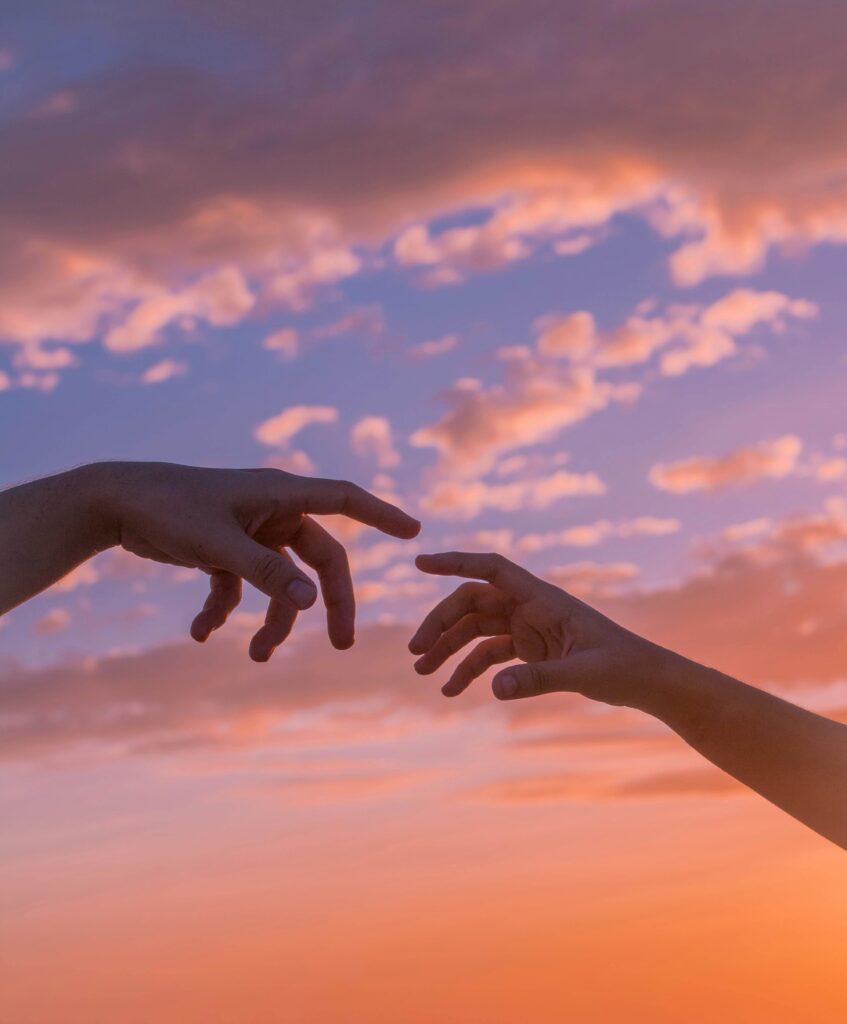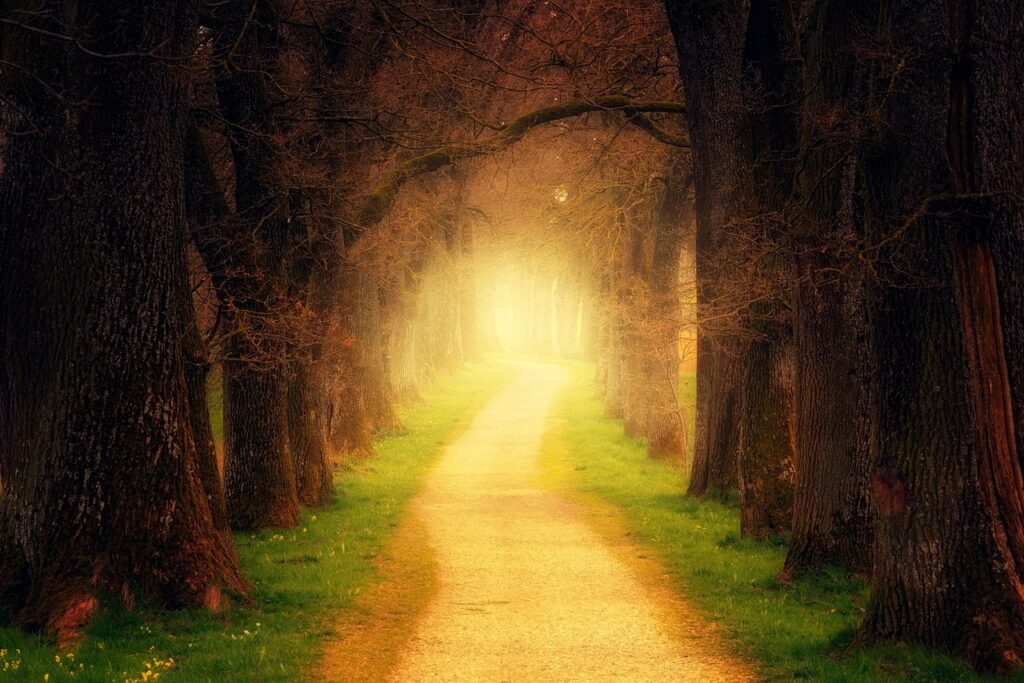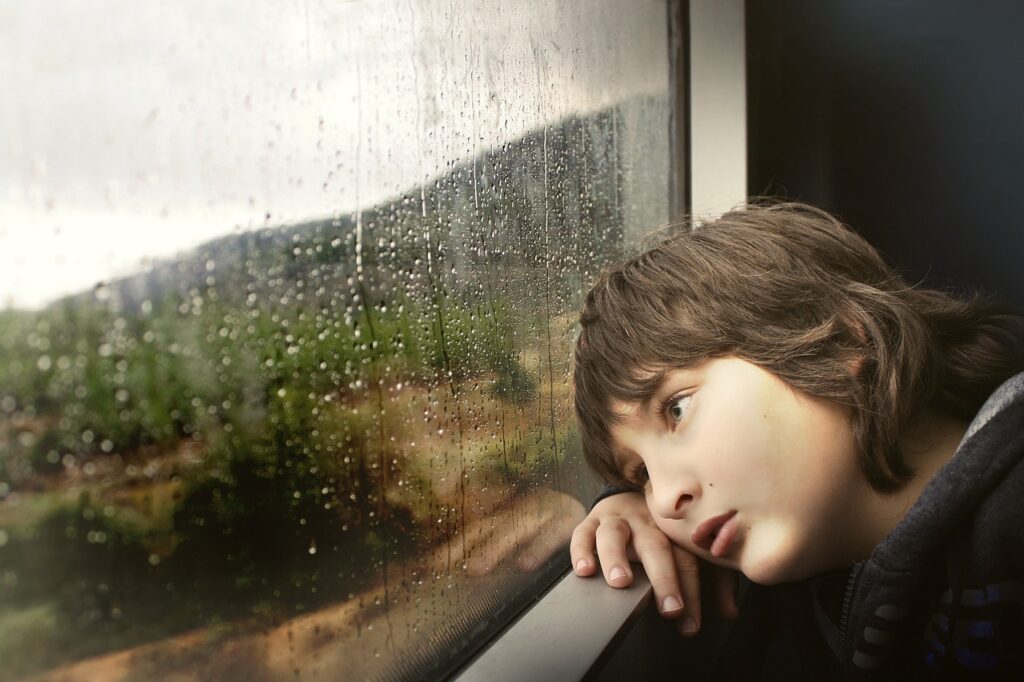Through my journey with self-mastery, I discovered that feelings can become habits. I was terrified just to exist in my own life. I feared external circumstances, losing control, failure, and how others saw me. Fear became my natural reaction to everything that happened. That meant my feelings weren’t guides—they were habitual warning signals, firing off whether there was real danger or not.
After I learned to manage my thinking, the fear stuck around anyway. I realized I had to break the habit. To do that, I sat with the fear. I let it be. I didn’t flinch. I didn’t react by doing things. I just stayed with the feeling—sitting on my hands, talking myself through what was happening. I did this for hours every day, over a period of months. That was one of the hardest and most rewarding experiences I’ve had on this healing journey. I learned to befriend the fear—knowing it would still be there, but also knowing it didn’t have to stop me unless I let it.
Eventually, the habit of fear broke, and how I related to my emotions began to shift. The fear became my buddy in the back corner of the room—but I was free to do what I wanted anyway. Emotions became an honest GPS. They started telling me what I wanted and what I didn’t. My feelings were no longer a fire hose of fear spraying in the background—they became true reflections of how I felt about what was actually happening in my life.
When emotions become habits, we tune them out. We stop paying attention because they don’t offer anything new. For many people, emotions feel like a constant barrage of pain—where everything hurts, all the time. It’s overwhelming. And it makes healing difficult, because even when we want to use how we feel to gain clarity, we can’t. The signals are too loud and too tangled to read. Add to that the fear of the mind and ego that’s so common in spiritual circles, and emotional healing becomes almost impossible. We’re told to transcend, detach, let go—but no one tells us how to sit with the pain long enough to actually hear what it’s trying to say.
Sitting with the pain really does mean sitting with the pain. Just stay in the feeling. I used to call it jumping into the hot tub and ignoring the warnings not to stay in too long. In spiritual circles, it’s sometimes called The Dark Night of the Soul. It’s not a state of depression, although it can certainly feel like one. It’s a state of unbecoming and becoming at the same time. The identity you had—built around the pain you carried—no longer holds true, but you don’t know who you are yet. The old stories no longer fit, but you don’t have anything new to replace them with.
The Dark Night of the Soul is really just the space between who I was and who I am.
So why does that space feel so emotional?
Grief and fear are what make the hot tub unbearable. Grief is what you feel as you let go of the old story. Fear is what you feel as you try to create a new one. The space in between—that’s the dark night.
The tool you’re meant to find in the dark is the flashlight—the one that shows you the new path. But most people get so caught up in the emotion that they miss the flashlight entirely. They end up drowning in grief and fear, never actually finding the path they were there to discover. We miss the flashlight because the emotion sweeps it away. We’re not really taught how to keep the emotional river in its banks. If you don’t block the river, it won’t flood. This comes back to the fear of thinking and feeling. Emotions feel overwhelming because we’re never taught to see them as normal.
Our feelings are made into problems by the outside world. I didn’t feel enough. People didn’t even think I was human because I never cried at sappy movies. The entire room could be bawling, and I’d be completely fine. To this day, when I show emotion, people don’t know what to do with it. “You’re upset over that?” is a typical response for me.
Maybe you’re the emotional type, and people tell you that you’re overreacting, overly emotional, or too sensitive. You have the opposite problem. Notice those two stories—both extremes—with no balance in sight.
What is balance?
Emotional acceptance means allowing other people’s feelings to be—regardless of what we think or feel about them. Balance doesn’t question whether an emotion is justified or not. It simply lets it be. So when you’re in that dark night of the soul and the emotion is there, you don’t have to justify it. You don’t have to defend it. Nor do you have to block it. You can allow it to be there without needing to fix it right away. Once the emotion has passed through, you can focus on finding the flashlight—understanding where the emotional river came from—and creating a structure for your new sense of self.
Emotional habits might make you want to tune out the feeling because it’s coming from the same fire hose it always comes from. The fire hose doesn’t aim for the river, does it? It sprays everywhere, indiscriminately. You have to turn the fire hose off first. That means sitting in the feelings—letting the fire hose spray you until it runs out of water. It will run out of water. Once you recognize it as a habit, and see that it’s not telling you the truth, you’ll be able to shut it off.
Once you get it shut off, the emotional river will flow within its banks. You won’t feel the overwhelm. Your emotions will become manageable and you’ll actually be able to use them as a guide. The dark night of the soul won’t feel like you’re drowning in the hot tub, it’ll just feel like you took a long, hot soak in the tub—exactly as it should feel. Healing won’t necessarily be fun, but it doesn’t have to feel like self-torture either. There are tools to help you. There are ways to do this that make it possible.
The first step in the emotional story, is to break the habit of feeling.
Love to all.
Della




